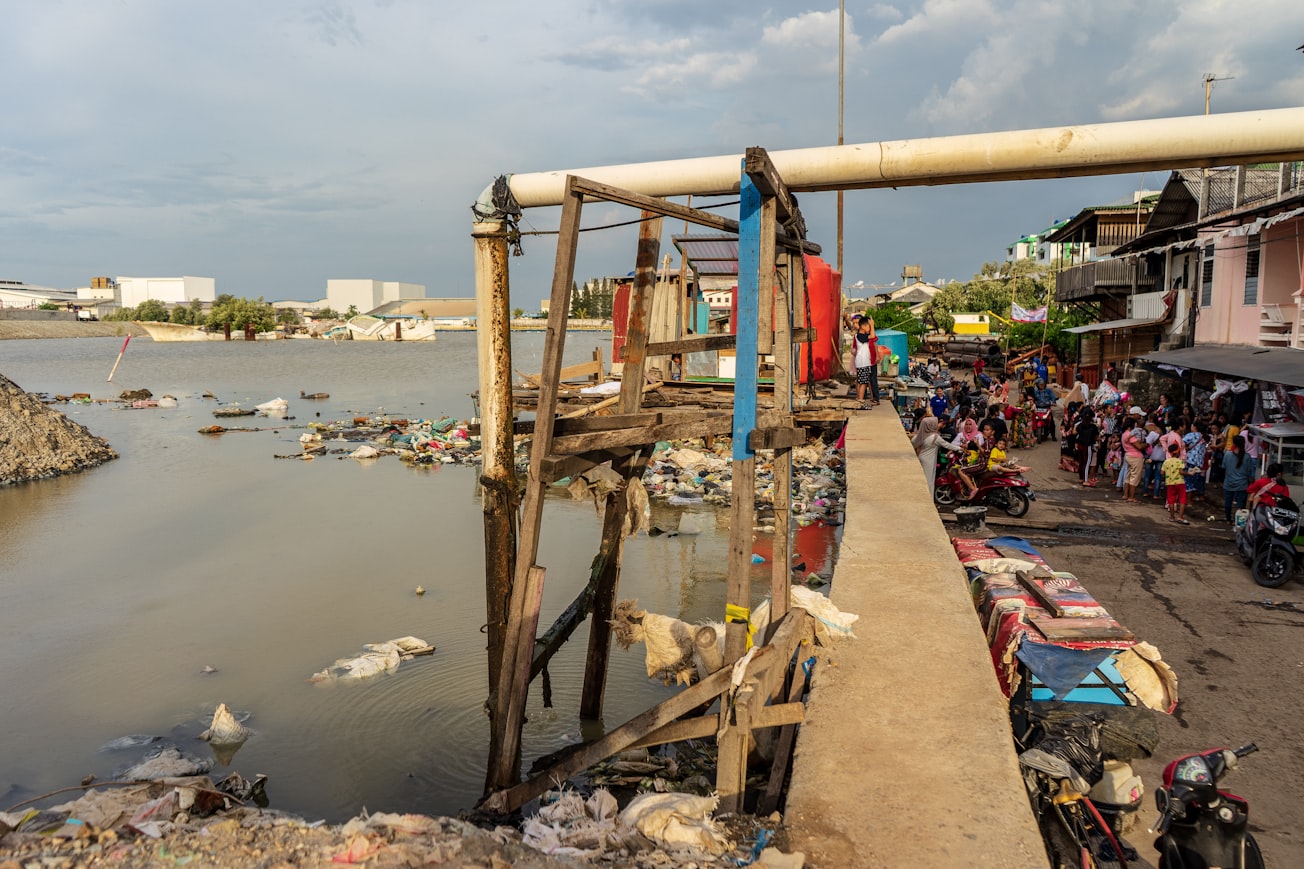What is it about?
Using case studies of the UBS Optimus Foundation and the Future-Fit Foundation (FFF), this chapter returns our attention to how Big Finance can leverage change for positive social and environmental outcomes. In the case of the former, social finance and technology tools are being used to help the poor and enslaved. In the case of FFF, the influence of the financial sector is being deployed to build a regenerative economy in line with the SDGs. In both examples, the context, the tools and outcomes, and the Deliberate Leadership each brought to bear are detailed.
Featured Image

Photo by Tim Shepherd on Unsplash
Why is it important?
The gap between Big Finance and Big Technology and the potential for having positive social impact is more like a gorge than a crevice. The needs of vulnerable people and our planet, as set out for instance in the SDGs, require the engagement of Big Finance and Big Technology. They are two of the most prominent actors with the power and influence to address the Wicked Problems affecting natural and social systems. But without a common understanding about what kinds of social and environmental impact are positive, and a redistribution of power and voice, the gap will remain even as Finance and Technology claim to be contributing to reaching the SDGs. Until this situation is addressed, the world of ‘Big’ risks locking people in a degenerative system rather than the regenerative one required for share prosperity.
Perspectives
The challenges Big Finance and Big Technology bring to social finance must be faced, and the opportunities they offer seized, if their potential to scale social impacts are to be realized.
Prof. Robert M Yawson, PhD
Quinnipiac University
Read the Original
This page is a summary of: From Theory to Practice, January 2020, Springer Science + Business Media,
DOI: 10.1007/978-3-030-40712-4_6.
You can read the full text:
Contributors
The following have contributed to this page







